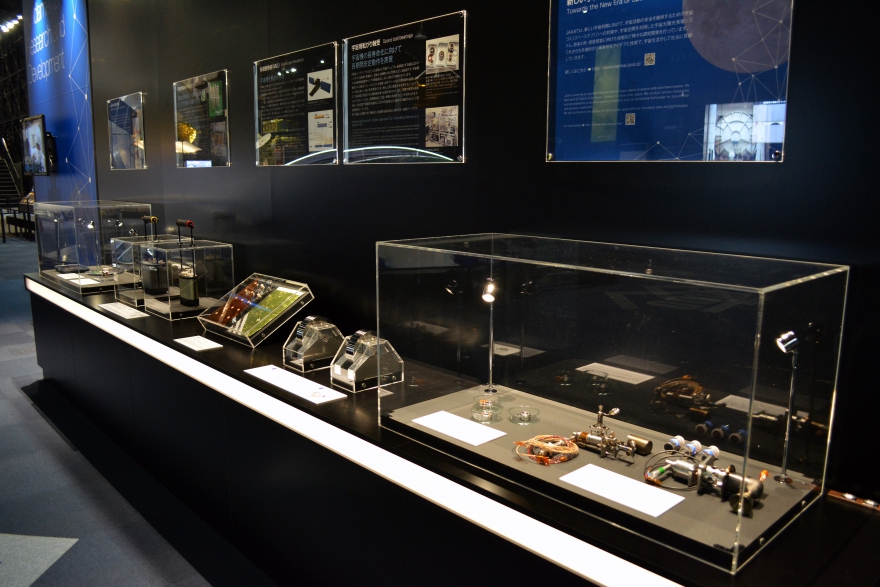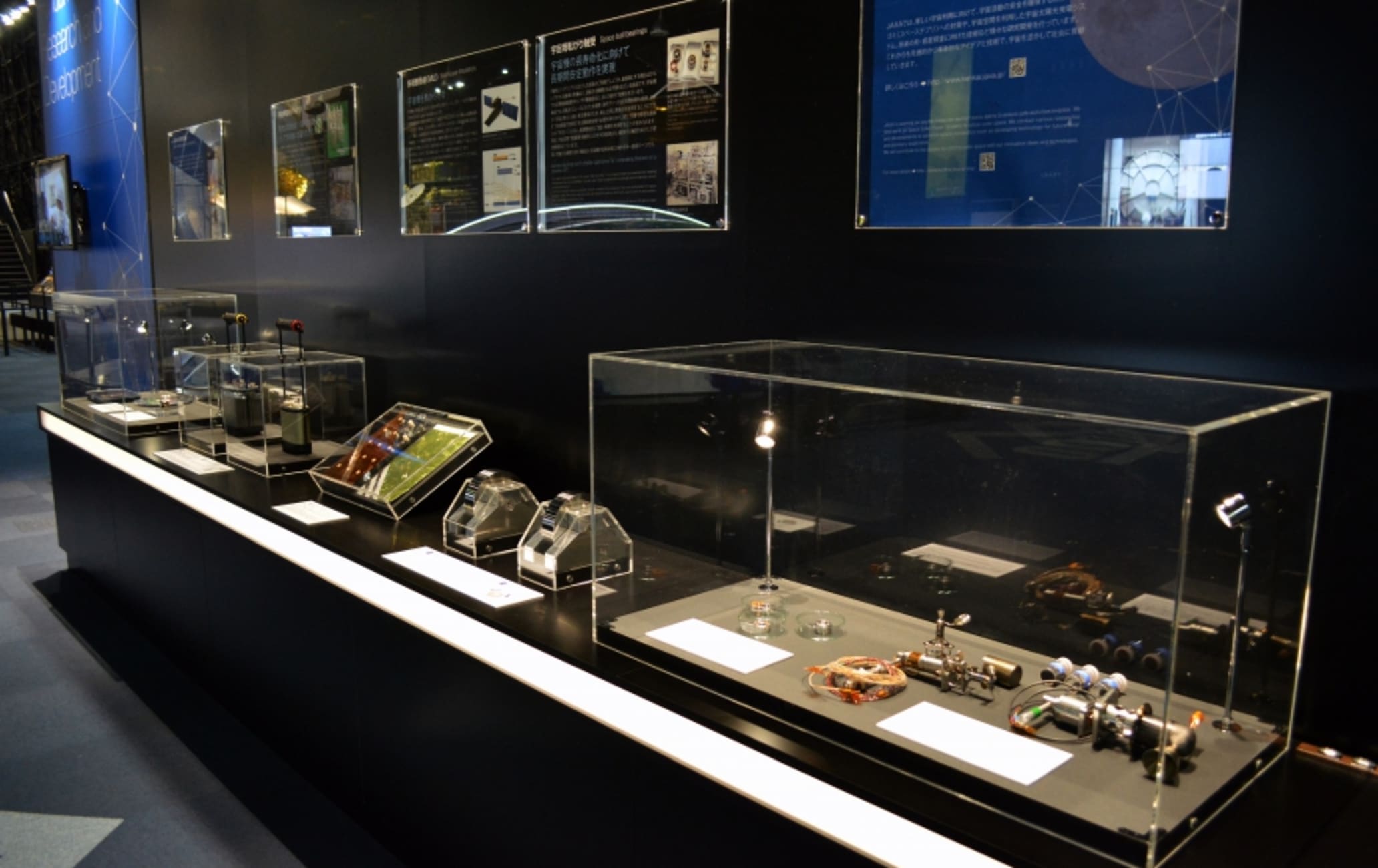(C)JAXA
Learn about Japan's space development at the Tsukuba Space Center
As the central office of the Japan Aerospace Exploration Agency (JAXA), the Tsukuba Space Center conducts a wide variety of activities including research, development, and testing in cutting-edge fields of space development. There is an exhibition hall where visitors can learn about the history of space development in Japan. There are also guided tours around the facility.
Don't Miss
- An authentic H-II rocket display
- The Space Dome, which features parts of various spacecraft, test models for development, and full-scale models
- Guided tours to learn about space in Japan
How to Get There
You can reach the Tsukuba Space Center by train and express bus.
By train, take the JR Joban Line and get off at Arakawaoki Station. Then take the Kantetsu Bus bound for Tsukuba University Chuo or Tsukuba Center, and get off at the National Institute for Materials Science. From there it is about a minute walk. Alternately, take the Tsukuba Express to Tsukubua Station, then take the Kantetsu Bus bound for Arakawaoki Station, and get off at the National Institute for Materials Science.
Via express bus, take a bus bound for Tsukuba University or Tsukuba Center from Tokyo Station 's Yaesu South Exit. Get off at Namiki 1-chome.
The center of Japan's space development
The Tsukuba Space Center conducts various projects, including the development of satellites, rockets and transportation systems, as well as the training of astronauts. It is located on a large site of approximately 53 square meters in Tsukuba Science City, and serves as the center for space development in Japan.

(C)JAXA
Rocket Square is a highlight
As you approach the facility, located in the lush green surroundings of Tsukuba City , you will see the H-II rocket in the "Rocket Plaza" as soon as you enter through the main gate. It is about 50 meters long and 4 meters in diameter, and is an authentic rocket built for ground testing. When viewed vertically, it is as tall as the building behind it (the Integrated Development and Propulsion Building). Be sure to take a commemorative photo.
The forefront of space development
Various studies related to space development are conducted here. Major activities include the development and operation of satellites as eyes from space and analysis of their observation images, utilization of the space environment using the Japanese Experiment Module "Kibo" of the International Space Station, training of astronauts and promotion of their activities, development of rocket and transportation systems, and promotion of technological research to establish a technological foundation. One a guided tour, you may be able to see JAXA employees working on these activities.

(C)JAXA
The Space Dome exhibition hall
As soon as you enter the Space Dome, the main exhibition hall of Tsukuba Space Center, you will be greeted by a huge 1/1,000,000 scale globe called the "Dream Port." The exhibition covers the history and current status of JAXA's efforts in each field.
Enjoy the exhibit
The Space Dome has a fun exhibit with English audio guidance. There are test models and full-scale models of satellites and rocket engines for development, as well as a full-scale model of the Japanese Experiment Module "Kibo." Visitors can also learn about the history of Japanese space research and development, and environmental observations of the Earth by satellites. The museum store in the annex, "Planet Cube," sells space and JAXA-related goods.
Guided tours
Guided tours are available by reservation, and provide insight into some of Japan's largest space development facilities.
Kibo Operation Control Room
The Tsukuba Space Center (TKSC) houses the Kibo Operation and Control Room, which performs system operations for the Japanese Experiment Module "Kibo" of the International Space Station (ISS). The Control Room maintains Kibo in good working order and provides support for experiment operations and astronauts 24 hours a day.
Time at the Tsukuba Space Center
Tsukuba Space Center is the perfect place to spend some quality time in Tsukuba . Allow an hour or two to explore this fascinating facility

(C)JAXA

























































